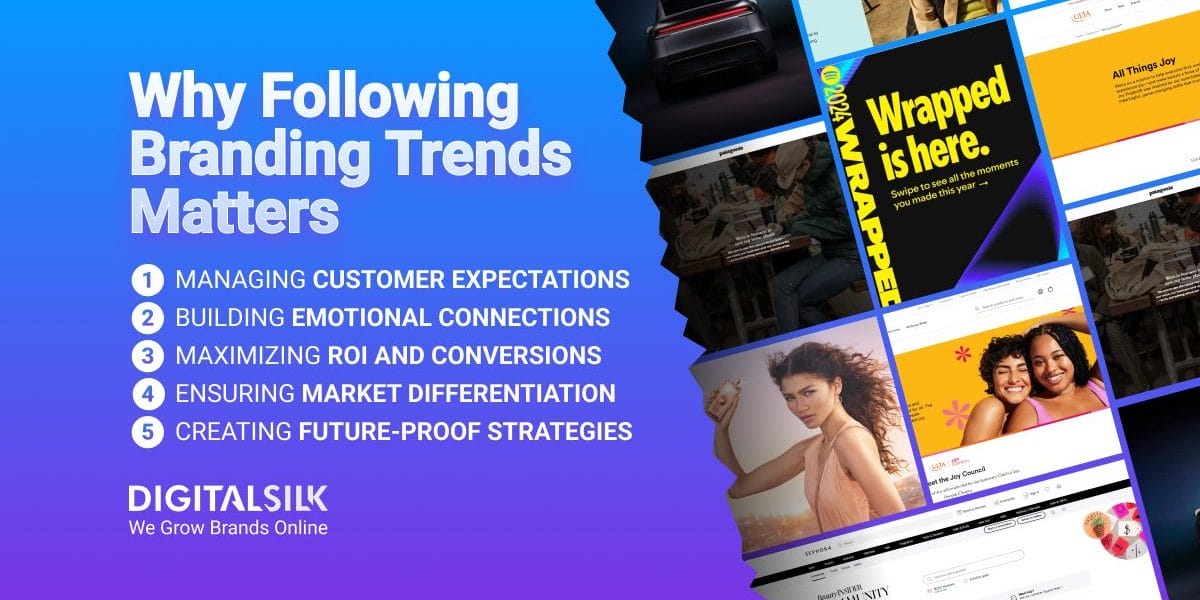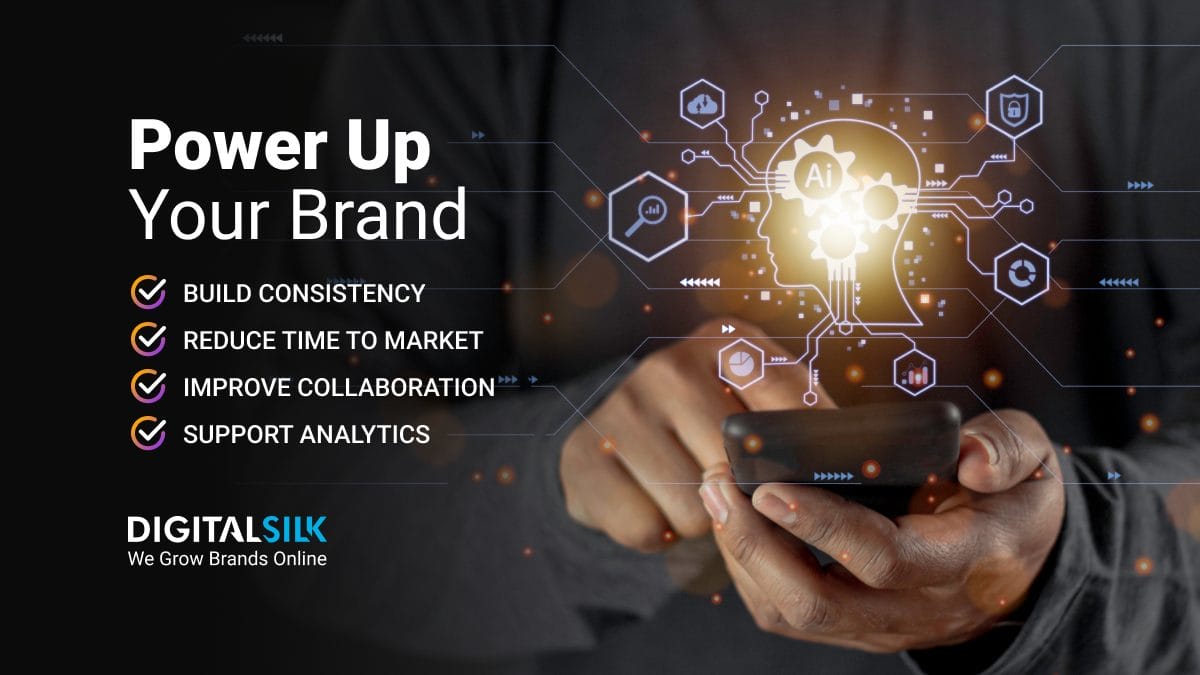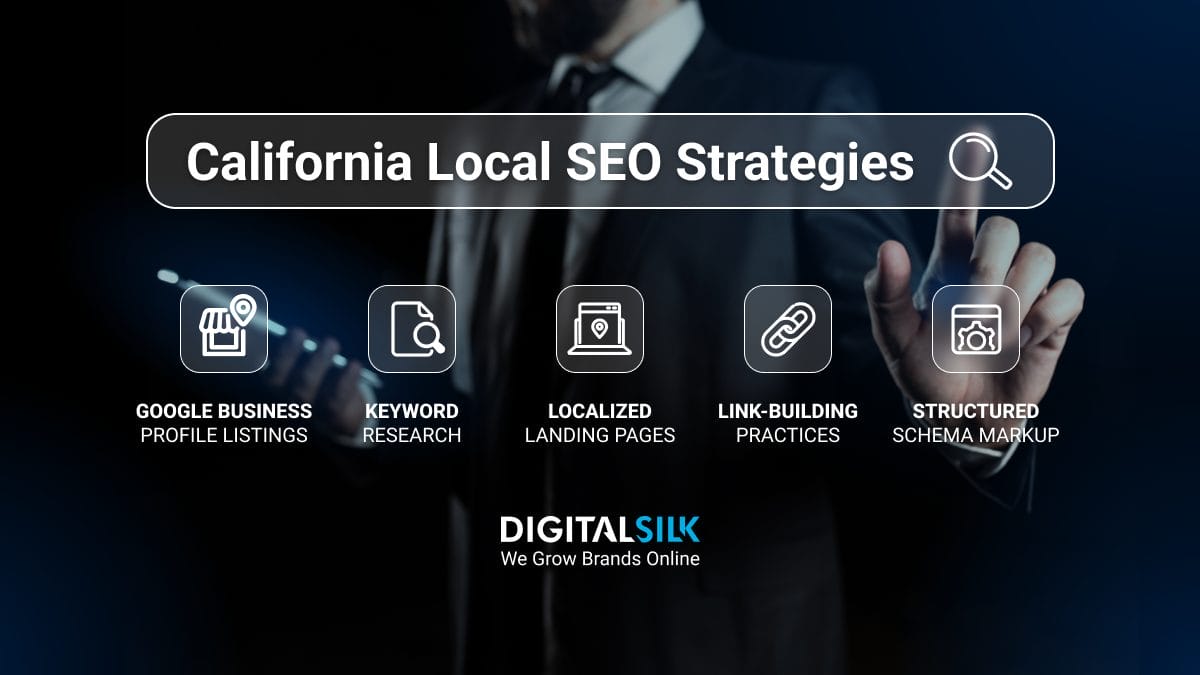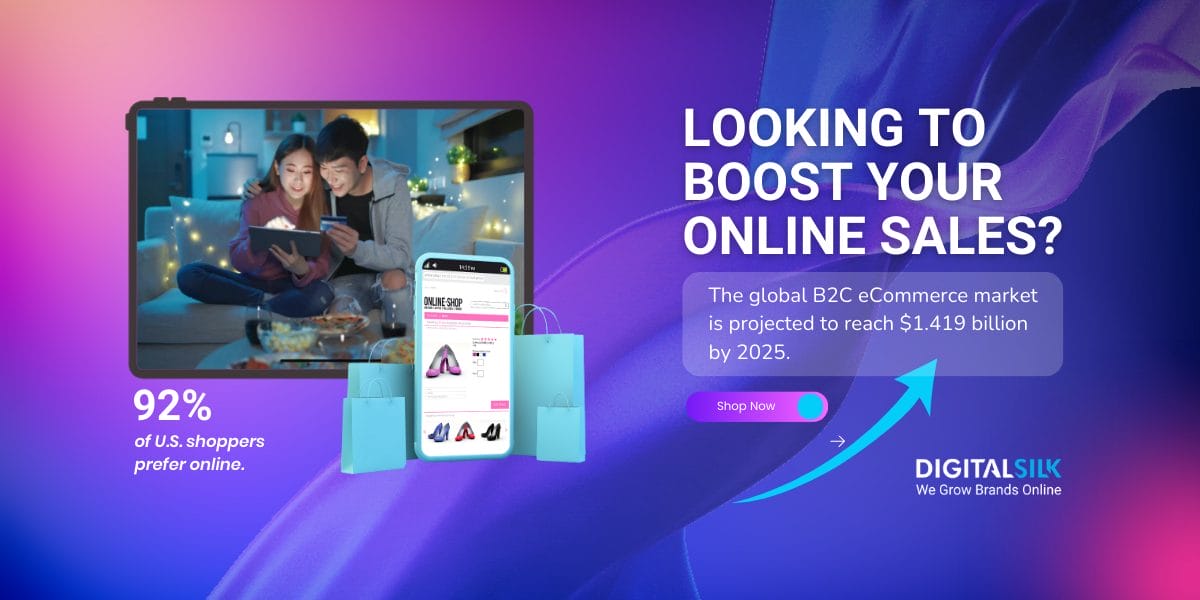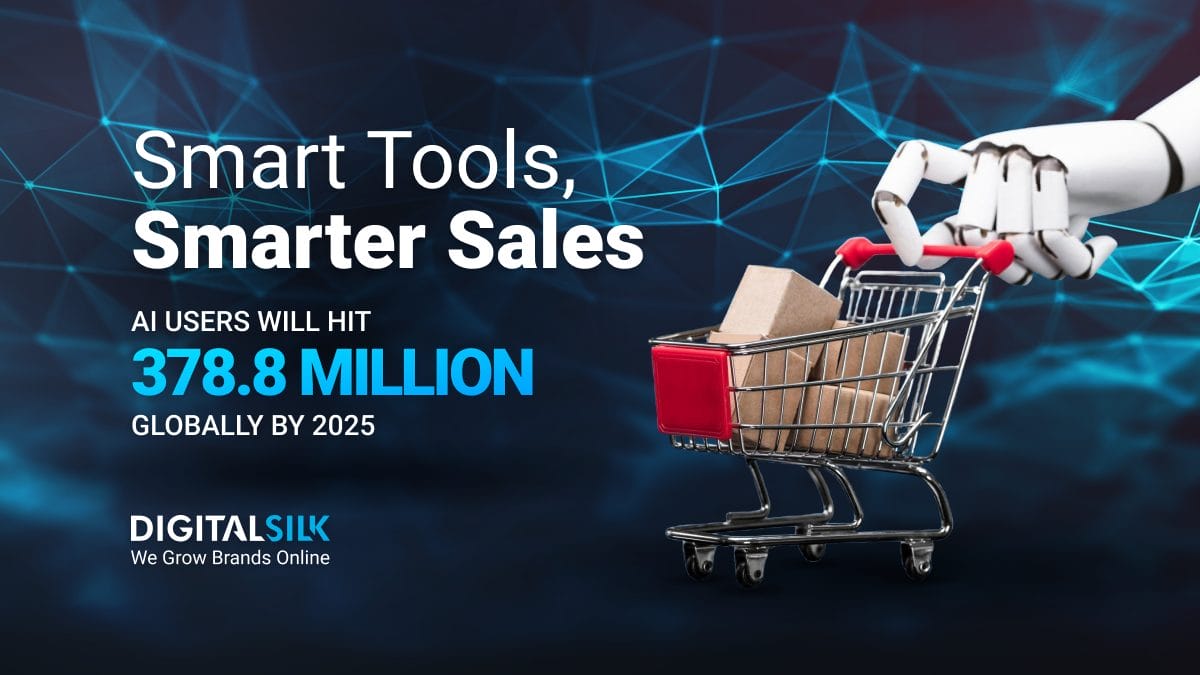What’s your brand doing to cut through industry noise and effectively reach your target audience?
With only seven seconds to make a first impression, brands aren’t just flaunting their missions anymore — they’re proving them with actionable messaging and tangible campaigns.
As consumers crave raw, real and relatable content, businesses are shifting towards a more authentic approach in their branding strategies.
In this post, we’ll explore 15 branding trends for 2025 to help you shape your strategy, highlight each trend’s impact on the industry and speculate on how current practices may evolve.
15 Branding Trends To Look Out For In 2025
2025 brings exciting developments to branding strategies, with each new generation of consumers shaping the brand voice, persona and visual language for businesses.
As we look into the future, the stakes are higher than ever before for brands to stay relevant and connect with their audience.
Below, we’ve compiled a list of the top branding trends in 2025 based on their social impact, industry relevance and engagement potential.
1. Purpose-Driven Branding
94% of users value brands with a purpose beyond simply making a profit.
It’s no longer enough to have a mission statement presented on a website or a cause listed in your marketing materials.
Nowadays, customers expect brands to actively demonstrate their values, speak up on societal issues or contribute to meaningful causes.
In 2025, purpose-driven branding will be the new normal for businesses and those who fail to align with a pressing global issue may risk losing customers to more socially conscious competitors.
Consumers aren’t just paying attention to what your brand sells — they’re interested in why you do what you do.
For instance, Ben and Jerry’s doesn’t just sell ice cream — the brand has embedded social, environmental and political activism into its core DNA.
You can adopt purpose-driven strategies by following these steps:
- Identifying causes that align naturally with your business and target audience
- Making meaningful commitments
- Communicating these efforts clearly and consistently
Purpose-driven branding isn’t just about building trust — it’s about becoming a brand people genuinely believe in.
2. AI-Driven Hyper-Personalization
76% of users are inclined to purchase from brands that offer personalized experiences.
Brands can use AI tools to analyze customer data and behavior, segment their audience and deliver tailored content and recommendations to enhance customer experience.
As Artificial Intelligence (AI) and Machine Learning (ML) continue to advance, businesses can anticipate their target audience’s needs, respond to their preferences and deliver hyper-personalized experiences at scale.
For instance, Spotify’s annual “Wrapped” campaign uses behavioral data to create unique and tailored summaries for each user, showcasing their top songs, genres and listening habits from the past year.
The platform also features personalized playlists like “Discover Weekly”, “Release Radar” or custom mixes based on users’ listening history.
3. Authentic Storytelling
A notable 88% of consumers value authenticity from brands they interact with.
Consumers aren’t drawn to polished and picture-perfect narratives anymore but rather focus on imperfect and real stories that they can relate to.
This shift in customer expectations transcends traditional advertising and marketing tactics and focuses on building trust and emotional resonance through transparent and relatable content.
A prime example is Airbnb’s “Host Stories” series, where the company showcases real-life experiences of hosts and guests.
This approach highlights the personal connections and cultural exchanges facilitated by the platform and humanizes its core values.
4. Minimalism And Simplicity
Clean and minimalist branding is all about simple logos, a limited color palette, strategic use of white space and easily readable typography.
This approach focuses on stripping away excess elements to highlight the core brand values and communicate your Unique Value Proposition (UVP).
You can take the minimalist route in your website design, social media posts and product packaging for a consistent visual identity across all touchpoints.
While there’s nothing simple or ordinary about Tesla’s products, its branding strategy is sleek, minimal and futuristic, which puts the spotlight on its innovative and cutting-edge technology.
5. Strategic Underconsumption
Underconsumption core and strategic spending are two raging online trends that reflect a growing frustration with excessive influencer marketing and a desire for authenticity and financial prudence.
This 2025 branding trend is the direct result of constant seismic shifts in the global economy, overproduction challenges and impulse purchases that deplete resources.
The underconsumption movement emphasizes buying only what’s necessary, prioritizing quality over quantity and reusing items to combat hyperconsumerism.
These spend-curving trends reflect a shift towards mindful consumption, responsible marketing and a preference for sustainable products.
Lush Cosmetics uses eco-friendly packaging — or no packaging at all — as a key branding strategy to promote its environmentally conscious mission and products.
The company encourages customers to bring in their used packaging for recycling to reduce waste and promote a circular economy.
Another great example of a brand promoting underconsumption is Restyle App. It offers personalized styling advice for users to create new clothing combinations with items they already own rather than constantly buying new ones.
This way, consumers can still satisfy their desire for new looks without buying and discarding clothes, which promotes responsible and sustainable fashion choices.
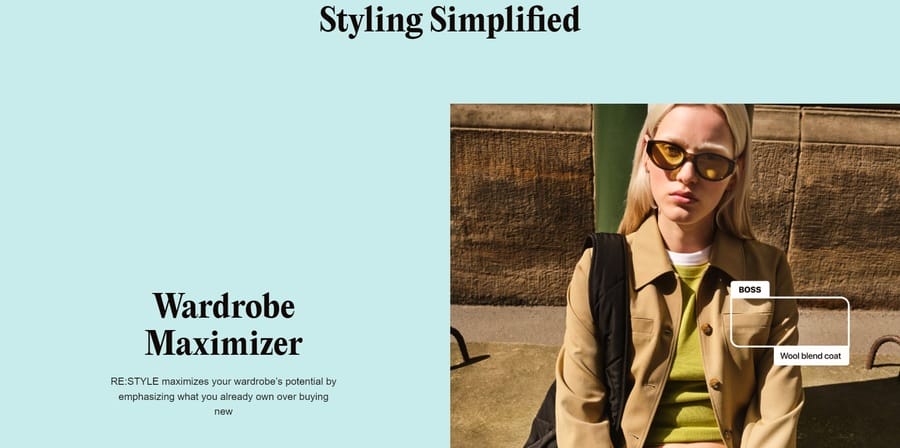
6. Joyconomy Practices
Joyconomy practices try to mitigate the maelstrom of anxiety-inducing news and modern-day stresses by prioritizing joy and emotional well-being.
In the face of constant technological advancements and a rapidly changing world, consumers need a form of escapism and self-care to find balance and happiness in their lives.
Brands can tap into this joy deficit through wholesome, uplifting and inclusive campaigns that promote positivity, self-love and authentic connections.
Ulta Beauty pulls this off beautifully with its Joy Project, a campaign that celebrates individuality and encourages people to embrace their unique qualities.
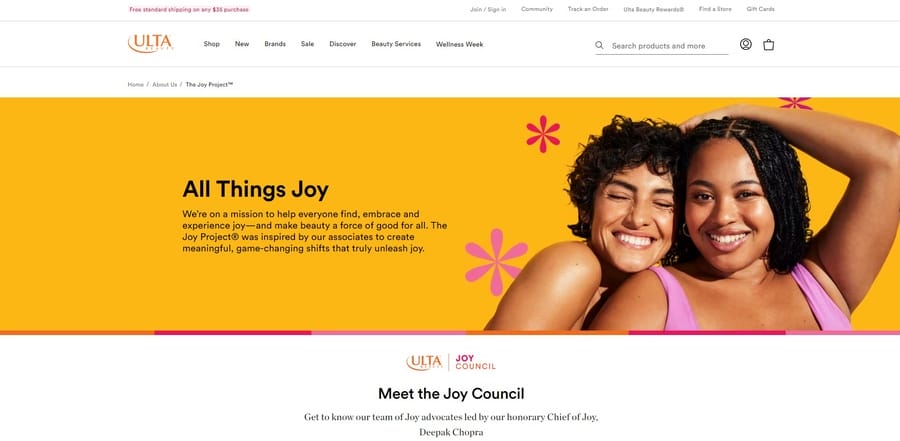
7. Nostalgic Elements
76% of consumers would buy products from brands they feel connected to rather than the competition.
Businesses can capitalize on positive brand sentiment by incorporating nostalgic elements to bring back memories of simpler times and satisfy consumers’ desire for familiarity and comfort.
This 2025 branding trend isn’t just about resurrecting the past — it’s about reimagining it to deliver experiences or products that feel fresh while rooted in shared cultural memories.
Brands can use core pockets of nostalgic familiarity and fandom-beloved lore to drive the spectacle of their product and create a soothing sense of belonging that many consumers crave.
Take Nintendo as an example — the brand reimagines its signature consoles with its Switch and Switch Lite launches, remasters its classic games and constantly releases new versions of beloved franchises like Mario and Zelda.
8. Mascots And Brand Ambassadors
You can boost brand recognition by personifying your values and mission through a mascot or partnering with a brand ambassador.
But it’s not just about presenting a character that reflects your brand’s image — it’s about connecting with your audience and giving them someone to root for.
Take Duolingo as an example — the signature green owl mascot isn’t just a language-learning companion, but a beloved character that adds personality and charm to the brand.
On the other hand, luxury brands are no strangers to partnering with celebrity brand ambassadors, as Lancôme did with Zendaya for its Idôle fragrance campaign.
Given celebrities’ diverse and loyal fan bases, they can help brands reach a wider audience and establish credibility through their endorsement.
9. Immersive And Interactive Experiences
As technology continues to bridge the gap between the physical and digital worlds, brands can create immersive and interactive experiences for their customers.
Virtual reality (VR) and augmented reality (AR) are just some of the tools that brands can use to create memorable experiences for their audience.
For example, IKEA’s Place app uses AR technology to allow customers to virtually place furniture in their homes before deciding on which pieces to purchase.
As it seems, brands have merely scratched the surface of the possibilities these technologies offer and we can expect to see more innovative uses in the future.
But the interactive elements don’t stop at technology — brands can also engage with their customers through events, pop-up shops and even social media challenges.
Netflix’s Stranger Things launched “The Experience” pop-up events in major cities to allow fans to step into the town of Hawkins and interact with sets from the show.
10. Community-Centric Engagement
Building a community around your brand starts with a digital-first and omnichannel approach.
With the rise of social media, brands have a unique opportunity to connect with their audience on a more personal level and foster a sense of community.
In 2025, brands should focus on creating meaningful relationships rather than simply broadcasting messages to create inclusive spaces where consumers feel seen, heard and understood.
For instance, Sephora dedicates an entire page to its Beauty Insider Community, where customers can discuss makeup and skincare products.
Users can share product reviews, exchange beauty tips and build lasting relationships based on common interests.
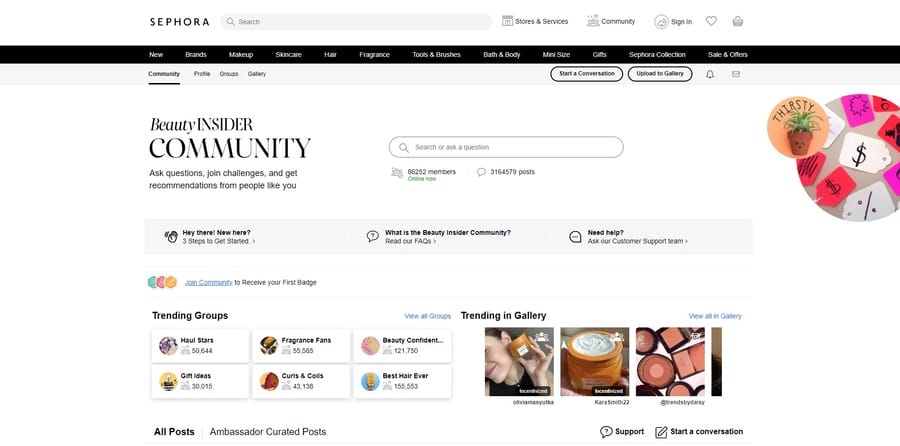
11. Environmental And Social Activism
A sizable 73% of consumers believe that brands should proactively try to change society and the planet for the better.
As a result, some of the top trends in branding see businesses embrace social responsibility and create campaigns as impactful as they are engaging.
One leader in this space is Patagonia, a company that places sustainability at the core of its messaging.
Its “We’re in the business to save our home planet” slogan highlights its commitment to protecting the environment and inspires customers to act for a greater cause.
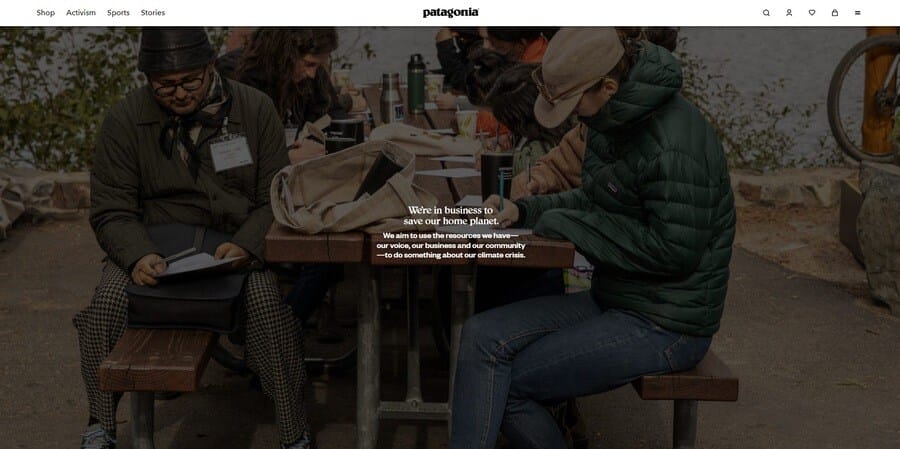
12. Data Privacy Transparency
81% of users believe that a brand’s data privacy practices indicate how it perceives and respects its customers.
In 2025, consumers will only get more vigilant and cautious about how companies use, collect and store their data.
This highlights the importance of securing sensitive information and actively engaging customers in transparent dialogues about privacy practices.
This branding trend is more than just traditional data protection measures — it’s an open, honest and collaborative relationship between the brand and its customers.
For instance, Apple released its “A Day in the Life of Your Data” campaign, which highlights its commitment to privacy and educates users on how their data is used in everyday situations.
The brand offered an in-depth look at its privacy practices through relatable, real-life scenarios to build mutually respectful relationships with its target audience.
13. Collaborative Partnerships
Brand collaborations are reshaping the branding playbook for 2025 and allowing businesses to combine their strengths, fill in any gaps and broaden their market reach.
In 2025, companies can merge their shared values and creative synergies to create memorable, innovative and impactful campaigns that drive conversions.
A prime example of a co-branding strategy is that of GoPro and Red Bull. The former doesn’t merely sell portable cameras and the latter goes beyond vending energy drinks.
As such, the two daring and adventure-focused brands joined forces to create the Red Bull Stratos campaign, in which GoPro live-streamed Felix Baumgartner’s adrenaline-filled skydive from 24 miles above Earth.
14. Defying Decision Fatigue
The paradox of choice is a phenomenon where too many options can result in decision paralysis, which leads to decreased user satisfaction and increased anxiety.
With an overwhelming number of choices at every turn — from endless streaming options to crowded supermarket shelves — this cognitive overload affects how consumers make decisions and, in many cases, whether they make any at all.
In response, brands in 2025 should focus on streamlining their product offerings and simplifying the decision-making process for customers.
A prime example is Netflix’s Play Something — a feature that reduces decision fatigue by automatically selecting a show or movie for the user based on their viewing history and preferences.
15. Hyper-Localization Strategies
Despite most brands’ global reach, localization strategies can help brands establish long-term relationships with different communities.
This includes tailoring products, services and marketing efforts to resonate with local cultural nuances, regional customs and linguistic differences.
Nike did a strategic “Nothing Beats a Londoner” campaign to capture the hearts of its UK-based customers by showcasing the city’s diverse youth culture and their love for sports.
In 2025, brands will double down on hyper-localization strategies by partnering with influencers and micro-influencers who can connect with niche communities more effectively.
Why Following Branding Trends Matters In 2025
Branding trends aren’t immune to sociocultural shifts, generational preferences and emerging mentalities — they can change, evolve and fade, depending on how audiences react to them.
But the latest brand strategies in 2025 carry a handful of benefits for businesses, including:
1. Managing Customer Expectations
65% of users want companies to adapt to their changing needs and preferences.
Today’s audiences expect authentic, socially responsible and technologically adept messaging — and brands that fail to conform may risk losing customers to competitors.
2. Building Emotional Connections
90% of U.S. consumers want to trust brands before buying from them.
Customers can easily connect with your signature persona when they see how your brand values and goals align with their beliefs, cultures and lifestyles.
3. Maximizing ROI And Conversions
57% of customers are willing to increase their spending on bands they feel connected to.
Targeted campaigns based on trending audience behaviors can maximize ad spend efficiency and drive more traffic, clicks and conversions.
4. Ensuring Market Differentiation
Keeping up with modern branding trends boosts your company’s perceived value and encourages positive brand associations.
5. Creating Future-Proof Brand Strategies
Following new trends in branding isn’t just about the present — it’s about laying the groundwork for future expansion, business growth and consumer retention.
This way, you can stay relevant and competitive amidst changing market demands, consumer preferences and technological advancements.
Future Outlook On Branding Trends
Despite the impact branding trends have on customer preferences and engagement rates, you should selectively implement the latest insights to ensure they follow your brand guidelines.
Businesses experience a 23% uptick in average revenue through consistent branding across all channels and touchpoints, which is only possible when companies prioritize branding trends that align with their core values.
Instead of blindly following every trend, businesses should focus on the ones that resonate with their target audience and reflect their core messaging and identity.
While fluctuating consumer preferences and unpredictable market conditions continue to shape and define branding trends, businesses can beat the competition to the punch by staying informed, promptly adapting to change and keeping a close eye on relevant performance metrics.
Keep Up With Branding Trends With Digital Silk
While the theoretical knowledge behind branding trends can guide your strategies, its practical implementation requires careful planning, strategic thinking and creative execution.
Digital Silk‘s branding team works closely with our web designers and developers to execute research-driven and on-brand strategies that drive sustainable growth, increase organic traffic and boost engagement rates.
As a professional web design agency, our services include:
Do you want to keep up with the latest branding trends?
Contact our team, call us at (800) 206-9413 or fill in the Request a Quote form below to schedule a consultation.
"*" indicates required fields


